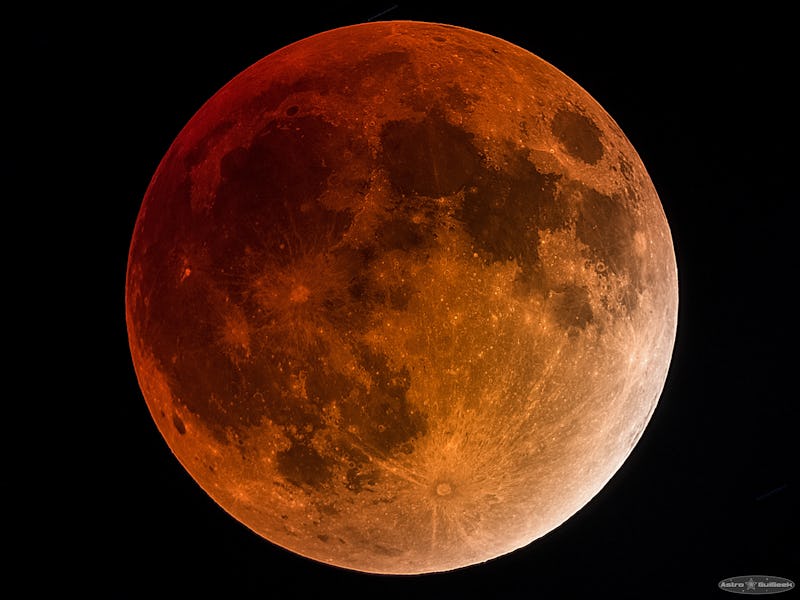Astronomer's New Criteria For Planethood Could Classify Almost All Known Exoplanets
The new proposal might also redefine the moon into a planet, too.

According to the definition of planethood currently accepted by the scientific community, we have eight planets in our solar system, but a whole world of objects outside the solar system that we can only describe as ‘exoplanets’. If we adopt the new definition proposed by a California-based planet specialist, we might see that number go up — perhaps to even include our very own moon.
The current criteria for a planet, agreed upon by the International Astronomical Union in 2006, basically stipulates that a planet is an object that’s mostly round and has enough mass that it can retain or fling away other objects in its orbit. That definition caused quite the public stir when it demoted Pluto to a ‘dwarf planet’ status, but there were also schisms within the space community itself, where some people still thought this criteria was vague and argued it still didn’t account for the thousands of major objects that exist outside the solar system.
So Jean-Luc Margot, an astronomer at the University of California, Los Angeles, took it upon himself to draft up a new definition that would help classify exoplanets. To this end, Margot’s definition calls for a planet to have an orbit-clearing critical mass (dependent on the mass of the planet’s star and the size of its orbit), and a gravity that can pull in or throw off smaller objects within a specific area that he calls a ‘feeding zone.’
About 99 percent of known exoplanets would finally qualify for being called planets, and they would finally be subject to an actual set of criteria rather than just an arbitrary placeholder label (although measurements would be needed to confirm mass and feeding zone areas for a few cases.)
When it comes to the solar system’s current objects, a dwarf planet like Pluto, out in the far reaches of the solar system, is surrounded by too many other objects in the Kuiper belt to get a promotion. On the other hand, even though Mars is the most un-planet type of planet in the solar system, it still has over 50 times the qualifying critical mass, so it gets to stay a planet.
This new formula for determining critical mass, however, could create a big upheaval in how we delineate many objects. The phrase ‘double planet’ describes any pair of orbiting objects above critical mass (although the IAU does not itself use the phrase). As New Scientist reported when they asked Margot about what this means for the Earth and the Moon, he confirmed that the Moon would be considered a planet.
Obviously, that’s not something that would sit very well with many astronomers and astrophysicists. Journal editors and textbook writers might also be miffed that everything they’ve published needs to be rewritten, and not to mention the redefinition would render a lot of little kids’ posters incorrect.
Still, things are bit trickier than that. Margot told Inverse, “if the IAU were to define satellites, and if the IAU were to exclude the Moon from being a satellite, and if the IAU were to define double planets, and if the IAU were to use the proposed criterion to distinguish double planets, then indeed the Moon would have sufficient mass so that the ‘Earth-Moon system’ would qualify as a “double planet.” The Moon might actually become a planet, “but that is a lot of ‘ifs,’” he cautions, “and it is not at all clear that the IAU will go in that direction.” His proposal, he emphasizes, “defines planets as bodies that orbit one or more stars or stellar remnants, which prevents satellites from becoming planets.”
The IAU doesn’t meet again until 2018 in Vienna. So that’s still a few more years for Margot and others to ruminate over how exactly they like their planets done — rare or not.